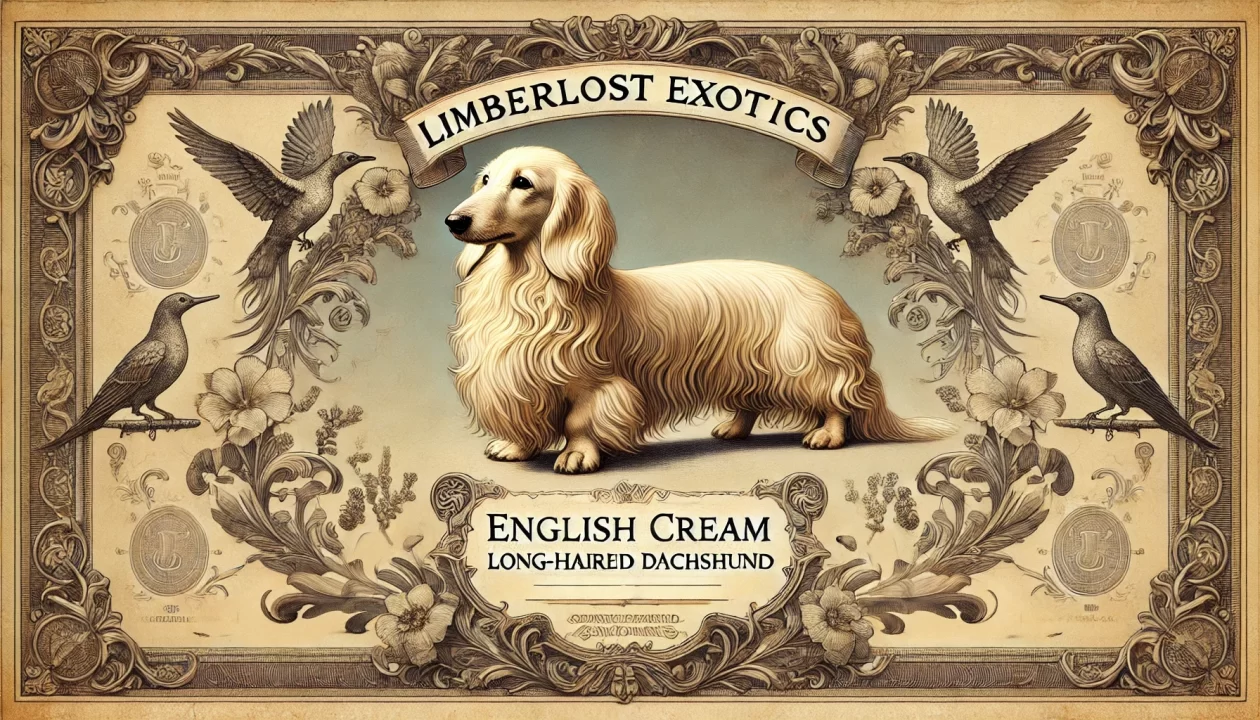
General Gouldian Facts
Gouldian finches are a finch species from Australia. In the wild and in captivity there are three primary head colors:
RED-sex link dominate head gene
BLACK-sex link recessive head gene but most common in wild bird populations
YELLOW-autosomal recessive most rare color found in wild, caused by a inability to produce carotenoid pigments.
Birds in the wild only display purple breast, however captive birds can have:
PURPLE- appears on the cock bird as a rich deep purple and on the hen light lavender. It is dominate over white and lilac breast.
LILAC- appears on the cock bird as the muted purple breast feathers like you would traditionally see on a hen. This is recessive in its mode of inheritance but is dominant to the white breast
WHITE- this mutation occurs in all three head colors and is recessive in its mode of inheritance
Green back and wing feathers are the only color wild birds display and captive birds can be:
GREEN: Appears with a green back and green wings
DILUTE YELLOW/SEX LINKED PASTEL: Appears yellow with green streaking or flecking. Double factor white breast birds look nearly like Australian Yellows as they are pure yellow, but the gene that effects color is different.
AUSTRALIAN YELLOW: Appears pure yellow controlled by an autosomal recessive mutation that blocks both eumelanin and phaeomelanin.
BLUE: Appears a deep rich blue on the back with a lack of all yellow and related pigments.
PASTEL BLUE: Appearance can very depending on single or double factor. The topic of this color can be very confusing for many, and is controlled by an autosomal gene. single factor cock birds appear like a washed out blue back. Double factor cock birds appear silver to nearly powder puff blue. Single factor hens appear silver/white to powder puff blue.
As you can see the nickname rainbow finch is appropriate with the wide range of color mutations and combinations birds can come in. Contrary to what people say gouldians are not delicate but require education on their needs. Enjoy the information and resources I have provided so that you may be as successful with these birds as I have.

